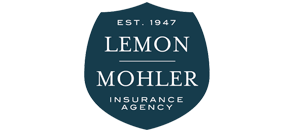Obtaining the peace of mind financial stability brings starts with reviewing your current financial resources. This is important because your financial resources affect not only your ability to reach your goals, but your ability to protect those goals from potential financial crises. These are the resources you will draw on to meet various life events.
Start by calculating your net worth—this isn’t as difficult as it might sound. Your net worth is simply the total value of what you own: your assets, minus what you owe (your liabilities). It’s a snapshot of your financial health.
First, add up the approximate value of all of your assets. This includes personal possessions, vehicles, homes, checking and savings accounts, and the cash value (not the death benefits) of any life insurance policies you may have. Include the current value of investments, such as stocks, real estate, certificates of deposit, retirement accounts, IRAs and the current value of any pensions you have.
Now add up your liabilities: the remaining mortgage on your home, credit card debt, student and personal loans taxes due on the profits of your investments if you cashed them in and any other outstanding bills. Subtract your liabilities from your assets. Do you have more assets than liabilities? Or the other way around? If so, don’t beat yourself up. According to Forbes Magazine, a person with no debt and $10 in his or her pocket has more wealth than 25 percent of Americans.
Your aim is to create a positive net worth, and you want it to grow each year. Your net worth is part of what you will draw on to pay for financial goals and your retirement. A strong net worth also will help you through financial crises. Review your net worth annually as a good way to monitor your financial health. Websites like Mint.com help you keep track of your income, expenses and net worth on a daily basis.
Identify other financial resources. You may have other financial resources that aren’t included in your net worth but that can help you through tough times. These include the death benefits of your life insurance policies, Social Security survivor’s benefits, health care coverage, disability insurance, liability insurance, and auto and home insurance. Although you may have to pay for some of these resources, they offer financial protection in case of illness, accidents or other catastrophes.

